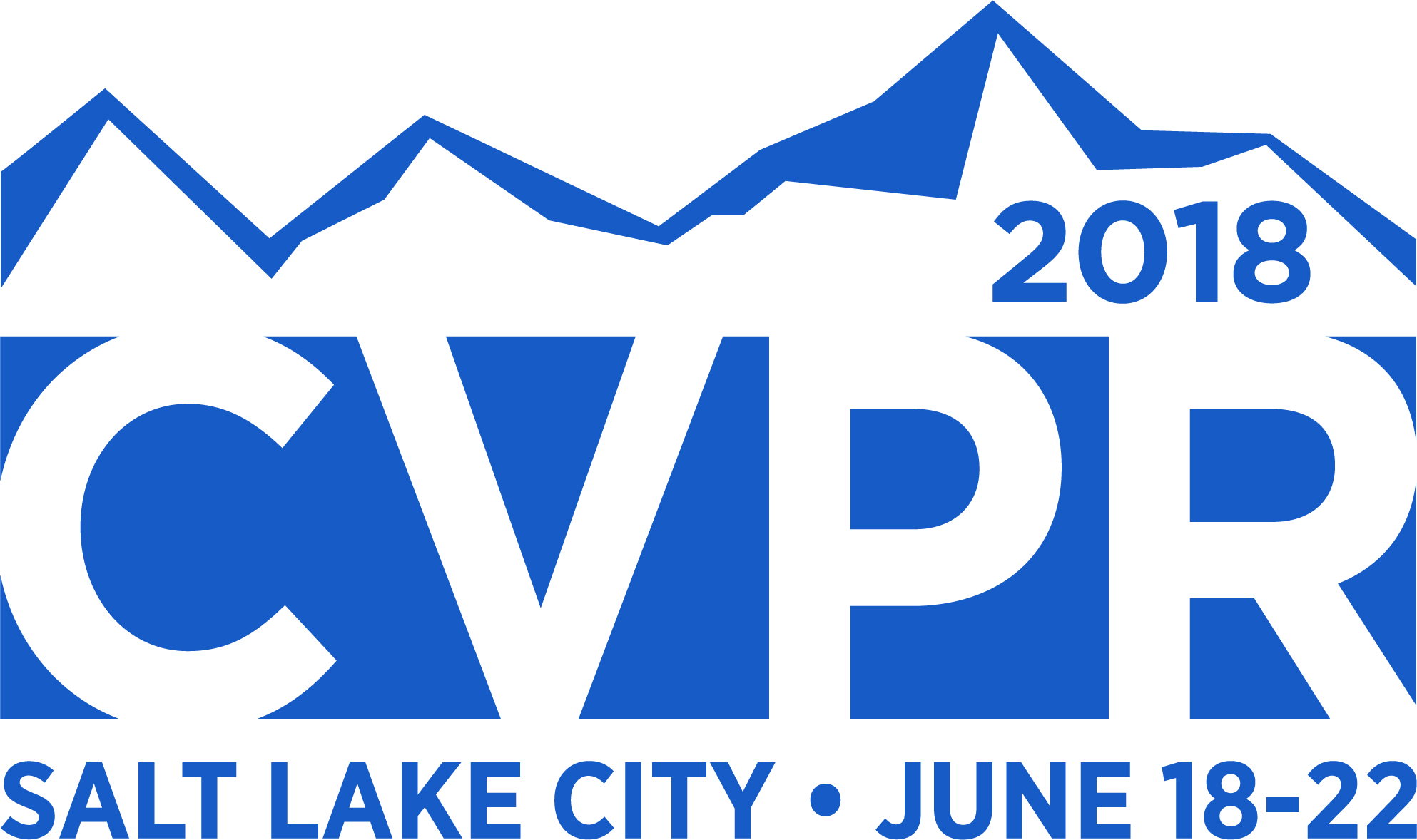-
Perturbative Neural Networks
AbstractConvolutional neural networks are witnessing wide adoption in computer vision systems with numerous applications across a range of visual recognition tasks. Much of this progress is fueled through advances in convolutional neural network architectures and learning algorithms even as the basic premise of a convolutional layer has remained unchanged. In this paper, we seek to revisit the convolutional layer that has been the workhorse of state-of-the-art visual recognition models. We introduce a very simple, yet effective, module called a perturbation layer as an alternative to a convolutional layer. The perturbation layer does away with convolution in the traditional sense and instead computes its response as a weighted linear combination of non-linearly activated additive noise perturbed inputs. We demonstrate both analytically and empirically that this perturbation layer can be an effective replacement for a standard convolutional layer. Empirically, deep neural networks with perturbation layers, called Perturbative Neural Networks (PNNs), in lieu of convolutional layers perform comparably with standard CNNs on a range of visual datasets (MNIST, CIFAR-10, PASCAL VOC, and ImageNet) with fewer parameters.
Related Material
[pdf] [supp] [arXiv][bibtex]@InProceedings{Juefei-Xu_2018_CVPR,
author = {Juefei-Xu, Felix and Boddeti, Vishnu Naresh and Savvides, Marios},
title = {Perturbative Neural Networks},
booktitle = {Proceedings of the IEEE Conference on Computer Vision and Pattern Recognition (CVPR)},
month = {June},
year = {2018}
}
These CVPR 2018 papers are the Open Access versions, provided by the Computer Vision Foundation.
Except for the watermark, they are identical to the accepted versions; the final published version of the proceedings is available on IEEE Xplore.
Except for the watermark, they are identical to the accepted versions; the final published version of the proceedings is available on IEEE Xplore.
This material is presented to ensure timely dissemination of scholarly and technical work.
Copyright and all rights therein are retained by authors or by other copyright holders.
All persons copying this information are expected to adhere to the terms and constraints invoked by each author's copyright.

